Did you know that over 60% of customer service interactions are now powered by AI-driven voice bots? This trend isn’t slowing down. From round-the-clock assistance to lightning-fast resolutions, voice bot integration is redefining customer service for businesses of all sizes. If you’re curious about what separates modern customer support experiences from outdated approaches and want actionable strategies to keep your contact center ahead, you’re in the right place. Dive in to unlock practical insights that will transform the way you think about customer experience !
Why Voice Bot Integration is Revolutionizing Customer Service

Voice bot integration is at the forefront of the next evolution in customer service . As customers demand more instant, personalized, and efficient experiences, companies are leveraging the power of AI voice bots to meet these expectations. Unlike traditional systems that rely on rigid menus and limited functionality, modern voice bots use natural language processing, allowing for seamless and human-like interactions that elevate the entire customer journey.
A key reason this technology is causing such a stir is its ability to automate routine and repetitive tasks, freeing up human agents to handle more complex queries and provide the human touch where it matters most. This not only speeds up wait times but also improves satisfaction by letting customers resolve issues at any time of day. The increasing popularity of voice assistants and conversational AI is clear: businesses that invest in these solutions are witnessing boosted customer engagement and more efficient call center operations.
- Did you know that over 60% of customer service interactions are now powered by AI-driven voice bots? This rapid adoption highlights how voice bot integration is transforming support across industries, making complex service delivery faster and more accessible.
Unlocking the Potential: What You’ll Gain from Voice Bot Integration
- Understand the fundamentals of voice bot integration and its applications in customer service
- Learn how AI voice bots enhance customer experience and engagement
- Discover the key differences between IVR and modern voice bots
- Find out step-by-step how to implement voice bot integration effectively
- See real-world use cases of voice bot and chat bot systems in call centers
- Explore best practices, technology choices, and critical success factors
Voice bot integration is not just a technology upgrade—it's a pathway to redefining how companies interact with their customers. By embracing AI voice and conversational AI , organizations can deploy highly personalized support available 24/7, drastically reduce operational costs, and collect actionable data to continually optimize customer support . This section will outline how adopting these technologies results in improved service delivery and scalability, allowing brands to deliver world-class customer experiences and stay ahead in an increasingly competitive marketplace.
From understanding the differences between outdated IVR systems and next-generation voice bots to leveraging advanced analytics and real-life case studies, you’ll gain the knowledge you need to succeed in the digital customer service revolution.
Voice Bot Integration Explained: Core Concepts and Customer Experience
Understanding Voice Bots, AI Voice, and Voice Chat in Customer Service
- What is a voice bot and how does it work?
- How do AI voice bots differ from traditional call center systems?
- Role of voice chat and voice assistants in enhancing the customer experience

A voice bot is an AI-powered software that interacts with users through spoken language, simulating human conversation in a natural and responsive manner. Unlike the rigid, menu-based IVR systems most call centers have used for decades, modern AI voice bots leverage sophisticated natural language processing to interpret customer intent and provide accurate, context-aware responses. These bots can manage everything from simple account queries to more complex service requests, often without the need for human intervention.
The integration of voice chat and voice assistants further enhances the customer experience . By providing a conversational interface, customers aren’t forced to navigate confusing menus or repeat themselves multiple times. Instead, they experience efficient, personalized interactions—whether checking information, solving problems, or escalating unique issues directly to a human agent when necessary. This blend of automation and empathy is core to the success of today's omnichannel customer service strategies.
The key difference between old and new? AI voice bots deliver proactive assistance, gather critical customer insights, and engage users in real-time, giving companies the tools they need to improve customer engagement and overall satisfaction.
The Role of Natural Language and Conversational AI in Voice Bot Integration
- Leveraging natural language processing for seamless interactions
- Conversational AI: Enabling natural, human-like customer support
- Importance of language processing and voice assistants
The heart of successful voice bot integration lies in the advances made in natural language processing (NLP) and conversational AI . These technologies enable AI-powered bots to understand spoken queries, interpret user intents, and generate responses that feel organic, precise, and context-aware. Through NLP, a voice bot learns to handle slang, varied accents, and multiple languages—making customer interactions more inclusive and accessible.
Using conversational AI , today’s call centers deliver a more authentic, human-like customer experience. As these systems get smarter, they don’t just process words—they analyze context, previous interactions, and customer sentiment, providing responses that evolve with the conversation. This capability is essential for businesses aiming to build trust and deepen relationships in an era where fast, smart, and personalized service is the new standard.
The growing use of voice assistants ensures that this technology extends beyond the phone to interconnected devices, websites, and mobile apps, further blurring the line between digital and human support, and driving exceptional customer experiences .
How Voice Bot Integration Enhances Customer Experience and Engagement
Immediate Benefits of AI Voice Bot Deployment in Call Centers
- 24/7 customer support and lower operational costs
- Reduced wait times and increased resolution rates
- Personalization at scale with customer data insights
Implementing voice bot integration in your call center delivers substantial, immediate gains. First and foremost, AI voice bots offer around-the-clock support, ensuring that customers can reach out and receive help any time—without the constraints of traditional business hours. This accessibility doesn’t just boost customer satisfaction ; it delivers measurable outcomes such as reduced wait times , increased resolution rates, and faster response to high-volume, repetitive queries.
Another standout advantage is cost savings. By automating routine interactions, companies can scale their customer service operations without hiring additional staff. Real-time access to customer data also enables bots to personalize interactions—tailoring recommendations, providing proactive updates, and ensuring that customers never feel like “just a ticket number.” These benefits combine to create a seamless, memorable customer experience that keeps clients coming back.
Finally, integrating AI voice bot technology enhances agent productivity. With bots handling initial contacts and basic requests, human agents are freed to resolve complex issues, tackle sensitive topics, or build lasting relationships, further improving the efficiency of your call center .
Case Studies: Integrating Voice Bots in Contact Centers
- Retail: Boosting customer engagement with AI chat bots
- Banking: Enhanced security and personalized voice assistants
- Healthcare: Improving patient interactions through natural language technology
Numerous industries have already experienced major successes with voice bot integration . In retail, companies are using AI-powered chat bots and voice bots within contact centers to guide users through omni-channel journeys, process orders, and handle post-sale requests—drastically improving customer engagement . The banking sector has adopted AI voice bots for secure authentication, balance inquiries, and proactive financial advice, enabling highly personalized self-service without sacrificing security.
The healthcare industry has leveraged conversational AI and natural language processing to support patient scheduling, answer clinical questions, and facilitate follow-ups. Voice-enabled solutions offer patients compassionate, prompt service—critical in reducing anxiety and ensuring the best possible customer experience .
These real-world examples highlight the versatility and scalability of AI-driven voice bots , proving that—regardless of industry or use case—this technology can deliver genuine results for both businesses and customers.
"Voice bot integration is no longer optional—it's an essential strategy for organizations serious about delivering world-class customer service." – Industry Thought Leader

Step-by-Step Guide to Voice Bot Integration in Customer Support
Preparing for Deployment: Assessing Your Customer Service Needs
- Audit current call center and chat bot capabilities
- Identify key customer experience pain points
- Map out desired outcomes from AI voice bot adoption
Successfully integrating a voice bot into your customer support environment starts with honest self-assessment. Begin by auditing your existing call center infrastructure, evaluating traditional phone lines, live chat bots , and omni-channel platforms. This helps you understand where repetitive tasks tie up valuable resources and where automation could make the biggest impact.
Next, identify recurring pain points along the customer journey —such as high wait times , low first-contact resolution rates, or poor after-hours coverage. Pinpointing these gaps allows you to define what success looks like: Is it faster queries? Better customer engagement ? Lower operational costs ? Being clear on your goals ensures that your AI voice bot project is strategically aligned from day one.
Documenting these objectives alongside key metrics establishes clear benchmarks for measuring improvement and guiding future optimizations as your system learns and grows.
Building Your AI Voice Bot: Technical Components and Language Processing
- Selecting the right natural language processing platforms
- Designing conversation flows for effective voice chat
- Integrating voice assistants with legacy and cloud contact center systems

Once you’ve identified your goals, it’s time to build out your AI voice bot solution. Start by selecting an NLP platform —such as Google Dialogflow, Microsoft Bot Framework, or Amazon Lex—that offers robust natural language processing capabilities and is compatible with your existing technology stack. The next step involves designing intuitive conversation flows , ensuring that your voice chat feels natural, progresses logically, and quickly routes customers to resolution.
Integration is critical. Whether you’re working with legacy on-premise solutions or the latest in cloud-based contact center software, your voice bot must seamlessly connect with customer databases, CRM tools, and escalation paths to human agents . Rigorous testing is vital to ensure that your AI provides accurate responses and gracefully hands off to live agents when issues require human judgment.
The final product should not only enhance voice and chat interactions, but also gather insights for continuous improvement—creating a virtuous cycle of better customer experience and smarter AI.
Testing, Launching, and Optimizing Voice Bot Integration
- User testing for conversational AI effectiveness
- Live rollout strategies in call centers and digital channels
- Continuous learning and customer feedback loops
Before you roll out your new voice bot integration , conduct thorough user testing with real customers and staff. Test conversation flows for naturalness, clarity, and the ability to resolve issues without excessive bot response repetition. Address edge cases and ensure the bot responds appropriately—even when the request is outside its programmed area.
Planning a phased launch enables you to collect live data, monitor customer interactions , and adapt rapidly. Integrate feedback loops to track common issues and update training data so your AI voice solution gets smarter over time. Regularly reviewing performance metrics—such as first-response resolution, escalation rates, and customer satisfaction scores—will guide ongoing optimization.
Remember: Continuous optimization is essential. The most successful contact centers empower their AI voice bots to learn from every conversation, ensuring each interaction is more helpful than the last.
| Feature | IVR | Voice Bot Integration |
|---|---|---|
| Customer Interaction Style | Menu-based | Conversational, natural language |
| AI Capabilities | None or minimal | Advanced NLP, conversational AI |
| Personalization | Limited | Highly personalized responses |
| Support Channels | Phone only | Omnichannel (phone, chat, messaging) |
| Self-service Resolution | Limited based on menu options | High, based on AI understanding |
Comparing Voice Bots, AI Voice Bots, and Traditional Chat Bots
Voice Bots vs Chat Bots: What’s the Difference?
- Key functional differences between voice bots and chat bots
- When to use AI voice bots versus text-based solutions
- Industry-specific examples of customer engagement with each

While both voice bots and chat bots automate customer support , the mechanisms and use cases often differ. Voice bots interact with users via spoken language—using AI to process and generate speech, handle voice chat , and seamlessly plug into call centers and phone-based support. Chat bots , on the other hand, communicate exclusively through text; they’re perfect for live chat, social messaging apps, and web portals.
When should you use each? For immediate, natural conversation on the phone or smart speakers, choose a voice bot . For written communication—such as order status updates, appointment reminders, or FAQ support on websites—a chat bot shines. Some industries, like healthcare and banking, benefit from combining both, giving customers the option to interact in their preferred channel and seamlessly escalating to a human agent as needed.
Integrating both solutions under a single conversational AI platform provides a truly omnichannel approach, enabling organizations to maximize customer engagement and satisfaction, regardless of communication preferences.
Emerging Technology: The Role of AI Voice in Omnichannel Customer Experience
- Blending voice assistants into multi-channel support strategies
- Natural language and conversational AI advancements
- Customer support in the age of hybrid human agent and AI chat
The future of customer service lies in true omnichannel engagement —connecting call center , web, mobile, and social channels into a consistent, cohesive journey. AI voice bots and voice assistants are foundational to this evolution. By seamlessly blending into omni-channel strategies, they deliver frictionless hand-offs between digital voice and chat and live human agents , ensuring a single view of the customer and consistent service at every touch point.
Major advancements in natural language processing and conversational AI are making it possible for bots to understand ever more complex queries, provide contextually appropriate behaviors, and even detect emotion within speech. By combining AI automation with the irreplaceable empathy and critical thinking of human agents, businesses now deliver faster, smarter, and more personal customer experiences —solidifying trust and building loyalty in the digital age.
As organizations continue to expand their digital capabilities, expect voice bot integration to become an indispensable pillar in world-class customer support —making every interaction easy, personalized, and memorable.

Frequently Asked: Voice Bot Integration and AI Voice Tech
What is the difference between IVR and voice bot?
- Answer: IVR systems follow structured menus and button inputs, while voice bot integration uses AI and natural language processing to converse naturally, understand intent, and handle complex queries.
What is an example of a voice bot?
- Answer: A bank’s customer helpline that uses an AI voice bot to process balance inquiries, transfer funds, and provide banking hours through conversational voice chat without human intervention.
What is the difference between a voicebot and a chatbot?
- Answer: Voicebots communicate using spoken language and often use AI voice technology, while chatbots rely on text-based messaging; voicebots are suited for phone support and conversational AI, chatbots excel in live chat and messaging apps.
How to build an AI voice bot?
- Answer: Building an AI voice bot involves selecting a natural language processing engine, designing intent-driven conversation flows, integrating with backend systems, and deploying to channels like call centers or voice assistants.
Actionable Strategies to Maximize the Impact of Voice Bot Integration
- Continuously update voice bot training data to improve language understanding
- Blend AI voice assistants with human agent escalation for complex cases
- Foster omnichannel customer engagement using both chat bots and voice bots
- Monitor customer service metrics and customer experience improvements
To drive the most value from your voice bot integration , make ongoing updates to your AI training data, ensuring your bots keep pace with changing customer language and needs. Effective escalation protocols—seamlessly handing off from bot to human agent —are vital for managing unusual or emotionally charged requests and maintaining top-tier customer experiences .
Building a blended workforce of AI voice assistants and skilled live agents supports true omnichannel service. Measuring metrics such as first-contact resolution , bot response accuracy, and overall customer engagement ensures you spot improvement opportunities early and keep your customer support cutting-edge.
"The future of customer service lies in the synergy between voice bot integration, human empathy, and relentless innovation." – CX Analyst
Final Thoughts: Why Voice Bot Integration is Essential for Customer-Centric Organizations
- Voice bot integration drives instant, scalable, and human-like customer interactions
- Proper execution improves not just operational efficiency but the quality of customer service
- Adopting AI voice bots positions organizations at the forefront of digital transformation
Voice bot integration isn’t just a competitive advantage—it’s a necessity for delivering the level of service today’s customers demand. The result is happier customers, more efficient teams, and a future-ready customer experience strategy.
Ready to Transform Your Customer Service with Voice Bot Integration?
- Begin your journey by assessing your contact center needs and exploring the latest in conversational AI
- Partner with leading voice bot technology providers for maximum results
- Start piloting voice bot integration to discover the future of customer experience
Take the first step to revolutionize your contact center and deliver customer experiences that set your organization apart.
Integrating voice bots into your customer service strategy can significantly enhance efficiency and customer satisfaction. For instance, the article “AI-Powered Voice Bot – Increase Support Capacity & Efficiency” discusses how AI-driven voice bots can handle unlimited simultaneous conversations, offering 24/7 support and reducing operational costs by automating routine inquiries. ( comm100.com ) Similarly, “How to Build a Voice Bot for Your Business in 9 Steps” provides a comprehensive guide on integrating voice bots with existing communication channels, defining their language and tone, and continuously optimizing their performance to ensure seamless customer interactions. ( superchat.com ) If you’re serious about revolutionizing your customer service, these resources will provide you with the insights and strategies needed to implement effective voice bot solutions.
 Add Row
Add Row  Add
Add 




Write A Comment